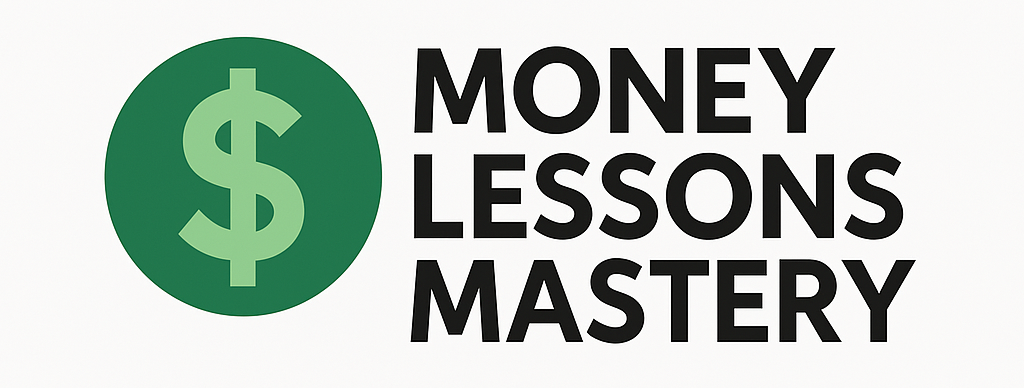A Comprehensive Guide to Auto Insurance Coverage
Auto insurance isn’t just a legal requirement—it’s a crucial financial safety net. It protects you, your passengers, and your vehicle from the costs of accidents, theft, and other unexpected events. This beginner-friendly guide breaks down the different types of auto insurance coverage, what they do, and how to choose the right policy for your needs.
1. Why Auto Insurance Matters
- ✅ Legal requirement in most states
- ✅ Protects your finances from costly damage or lawsuits
- ✅ Covers vehicle repairs, medical bills, and more
- ✅ Peace of mind for you and your family
2. Types of Auto Insurance Coverage
🚗 1. Liability Coverage (Required in most states)
Covers injuries and property damage you cause to others in an accident.
- Bodily Injury Liability (BI): Pays for medical expenses, lost wages, and legal fees
- Property Damage Liability (PD): Pays for damage to others’ vehicles or property
Tip: Minimum required coverage varies by state—but it’s wise to carry more than the minimum.
🚗 2. Collision Coverage
Pays for repairs or replacement of your vehicle after a crash, regardless of who’s at fault.
Best For: Newer vehicles or drivers who want financial protection after accidents.
🚗 3. Comprehensive Coverage
Covers non-collision damage to your car, including:
- Theft
- Vandalism
- Natural disasters (hail, floods, etc.)
- Fire
- Falling objects
- Hitting an animal
Tip: Often bundled with collision in a “full coverage” policy.
🚗 4. Personal Injury Protection (PIP)
Covers medical expenses for you and your passengers—regardless of who’s at fault.
May also cover:
- Lost wages
- Funeral costs
- Rehabilitation services
Required in some states (especially no-fault states).
🚗 5. Medical Payments (MedPay)
Similar to PIP but more limited. Covers medical bills for you and your passengers.
Best For: States where PIP isn’t required but you want medical coverage.
🚗 6. Uninsured/Underinsured Motorist Coverage (UM/UIM)
Protects you if you’re hit by:
- A driver with no insurance
- A driver with insufficient insurance
Tip: Especially important in areas with a high number of uninsured drivers.
🚗 7. Gap Insurance
Covers the “gap” between what you owe on a loan/lease and the car’s actual value if it’s totaled.
Best For: New car buyers or those with auto loans where you owe more than the car’s worth.
🚗 8. Rental Reimbursement
Pays for a rental car if your vehicle is being repaired after a covered event.
🚗 9. Roadside Assistance
Covers services like:
- Towing
- Jump-starts
- Flat tire changes
- Lockouts
Often available as a low-cost add-on.
3. How Auto Insurance Premiums Are Determined
Insurance companies calculate your premium based on:
- Age, gender, and marital status
- Driving record
- Type and value of your car
- Location (ZIP code, city traffic/crime rates)
- Credit score (in most states)
- Coverage types and limits you choose
- Deductible amount (higher deductible = lower premium)
4. How to Choose the Right Coverage
✅ Step 1: Know Your State Requirements
Start by understanding what’s legally required where you live.
✅ Step 2: Assess Your Risk and Needs
- New car? Consider comprehensive and collision
- High accident area? Boost liability limits
- Tight budget? Look for balance between coverage and affordability
✅ Step 3: Compare Quotes from Multiple Providers
Rates can vary widely—shop around for the best deal.
✅ Step 4: Understand Deductibles
Your deductible is what you pay out of pocket before insurance kicks in. Higher deductibles lower your premium but increase your cost if you file a claim.
5. Tips to Save on Auto Insurance
- Bundle with homeowners or renters insurance
- Maintain a clean driving record
- Ask about discounts (safe driver, student, low mileage, etc.)
- Choose a higher deductible
- Shop around annually for better rates
- Improve your credit score (in applicable states)
6. What to Do After an Accident
- Check for injuries and call 911 if needed
- Exchange information with the other driver
- Take photos and document damage
- File a police report if required
- Notify your insurance company as soon as possible
Final Thoughts
Auto insurance is more than a legal formality—it’s financial protection that can save you thousands in the event of an accident or loss. Understand your options, choose coverage that fits your lifestyle and budget, and review your policy regularly to stay protected as your life and driving habits evolve.
Let me know if you’d like a printable auto insurance checklist or help comparing quotes!

